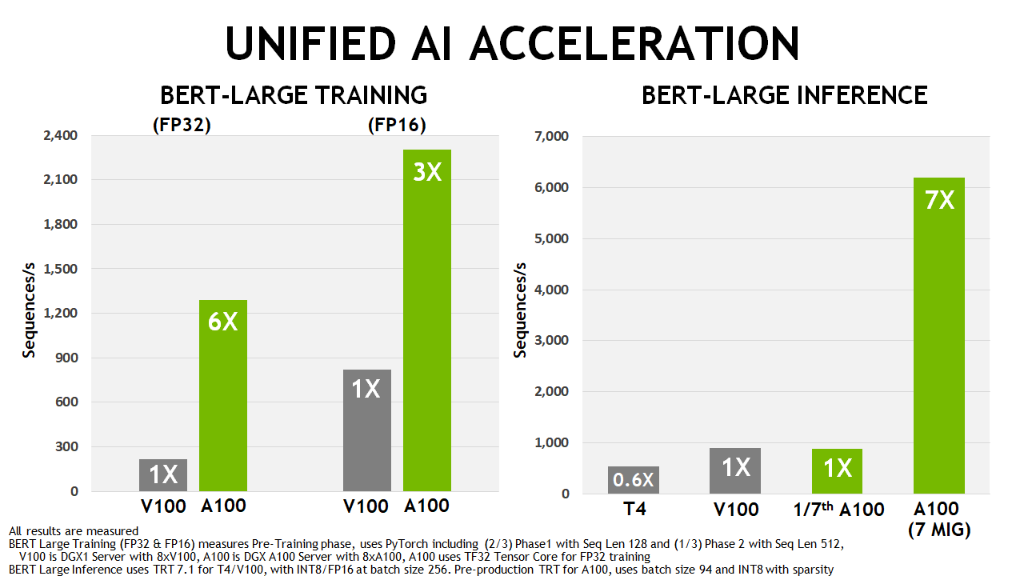Turning "Poop" Into Podcast Gold: An AI-Powered Approach To Repetitive Documents

Table of Contents
Identifying and Categorizing Repetitive Documents
Dealing with a large volume of repetitive documents often begins with the overwhelming task of organization. Manually sorting through thousands of files is inefficient and prone to errors. Fortunately, AI offers a powerful solution.
Recognizing Patterns with AI
AI algorithms, particularly machine learning models, are exceptionally adept at identifying patterns within large datasets. This ability is invaluable when dealing with repetitive documents. They can automatically categorize documents based on a variety of shared characteristics, including:
- File type: PDF, DOCX, JPG, etc.
- Keywords: Specific terms or phrases within the document text.
- Sender: Email addresses or organizational names.
- Date: Creation date, modification date, or transaction date.
This automated categorization significantly reduces the manual effort required for initial organization.
- Use case examples:
- Analyzing customer service emails to identify common issues and trends.
- Sorting medical records by diagnosis code for efficient retrieval.
- Grouping financial transactions by vendor for streamlined accounting processes.
Specific AI techniques employed include:
- Natural Language Processing (NLP): Enables the AI to understand and interpret the text content of documents.
- Optical Character Recognition (OCR): Allows the AI to extract text from scanned images and PDFs.
The benefits of automated categorization are clear: significant time savings, reduced manual effort, and improved accuracy compared to manual sorting.
Implementing Automated Tagging and Metadata
Once documents are categorized, AI can further enhance organization through automated tagging and metadata assignment. This involves adding descriptive tags and metadata to each document, enriching its searchability and facilitating data analysis.
- Methods: This is typically achieved using AI-powered document management systems (DMS) that integrate machine learning capabilities.
- Advantages: Automated tagging drastically improves search functionality, making it easier to locate specific documents. Furthermore, consistent metadata allows for more efficient data analysis and reporting.
Automating Data Extraction from Repetitive Documents
Beyond categorization, AI can automate the extraction of key data points from repetitive documents, regardless of their format. This is particularly useful when dealing with unstructured data, transforming it into structured data suitable for analysis and reporting.
Extracting Key Information Efficiently
AI can efficiently extract crucial information from various document types, including:
- Extracting invoice amounts, dates, and vendor information: Automating accounts payable processes.
- Pulling key patient information from medical charts: Streamlining clinical workflows.
- Summarizing meeting minutes: Providing concise summaries for decision-makers.
This automated extraction is achieved using:
- AI-powered data extraction APIs and software: These tools use machine learning to identify and extract specific data points from documents.
The advantages are substantial: improved data accuracy, reduced human error, and faster reporting.
Data Transformation and Cleaning
Extracted data often requires cleaning and transformation before analysis. AI can handle this, addressing inconsistencies and errors that might hinder manual processes.
- Techniques: Data normalization, standardization, and deduplication are key techniques employed by AI to ensure data quality.
- Benefits: Enhanced data quality leads to more accurate analytical insights and improved decision-making.
Leveraging AI for Advanced Analysis of Repetitive Documents
The true power of AI in managing repetitive documents lies in its ability to perform advanced analysis and generate valuable insights.
Identifying Trends and Insights
Analyzing large sets of repetitive documents can reveal hidden trends and patterns that might be missed during manual review. AI significantly accelerates this discovery process.
- Examples:
- Identifying customer sentiment trends from online reviews.
- Predicting equipment failures from maintenance records.
- Forecasting sales based on historical data.
AI techniques used for this purpose include:
- Statistical analysis: Identifying correlations and patterns in the data.
- Machine learning predictive modeling: Building models to predict future outcomes based on historical data.
The advantages are clear: data-driven decision-making, proactive problem-solving, and improved forecasting.
Building Predictive Models
AI can build predictive models based on the analyzed data from repetitive documents. These models can anticipate future outcomes and inform strategic planning.
- Examples:
- Predicting customer churn and implementing proactive retention strategies.
- Optimizing inventory management to reduce waste and improve efficiency.
- Assessing risk and making informed decisions about resource allocation.
The benefits of predictive modeling include proactive risk management, improved resource allocation, and optimized business processes.
Conclusion
Dealing with repetitive documents doesn't have to be a tedious, time-consuming chore. By leveraging AI, businesses can transform this process, turning mountains of "poop" data into valuable insights. From automating data extraction to building predictive models, AI offers a powerful solution for streamlining workflows and unlocking the full potential of your information. Don't let repetitive documents bog you down – explore the power of AI and start turning your repetitive documents into "podcast gold" today. Learn more about AI-powered solutions for managing repetitive documents and discover how to boost your efficiency and gain valuable insights from your data.

Featured Posts
-
 Vancouver Housing Market Slower Rent Increases Persistent High Costs
Apr 28, 2025
Vancouver Housing Market Slower Rent Increases Persistent High Costs
Apr 28, 2025 -
 Millions Made From Office365 Hacks Inside The Executive Email Breach
Apr 28, 2025
Millions Made From Office365 Hacks Inside The Executive Email Breach
Apr 28, 2025 -
 Chinas Auto Market Why Bmw Porsche And Others Face Difficulties
Apr 28, 2025
Chinas Auto Market Why Bmw Porsche And Others Face Difficulties
Apr 28, 2025 -
 As Markets Swooned Pros Sold And Individuals Pounced A Market Analysis
Apr 28, 2025
As Markets Swooned Pros Sold And Individuals Pounced A Market Analysis
Apr 28, 2025 -
 Understanding The Recent Surge In Gpu Costs
Apr 28, 2025
Understanding The Recent Surge In Gpu Costs
Apr 28, 2025
Latest Posts
-
 70 Off Hudsons Bays Final Store Closing Sale
Apr 28, 2025
70 Off Hudsons Bays Final Store Closing Sale
Apr 28, 2025 -
 Alberta Feels The Impact Dow Project Delay And Tariff Fallout
Apr 28, 2025
Alberta Feels The Impact Dow Project Delay And Tariff Fallout
Apr 28, 2025 -
 Hudsons Bay Liquidation Find Deep Discounts Now
Apr 28, 2025
Hudsons Bay Liquidation Find Deep Discounts Now
Apr 28, 2025 -
 Dows 9 B Alberta Project Delayed Collateral Damage From Tariffs
Apr 28, 2025
Dows 9 B Alberta Project Delayed Collateral Damage From Tariffs
Apr 28, 2025 -
 Dont Miss Hudsons Bay Closing Sale With Huge Markdowns
Apr 28, 2025
Dont Miss Hudsons Bay Closing Sale With Huge Markdowns
Apr 28, 2025
